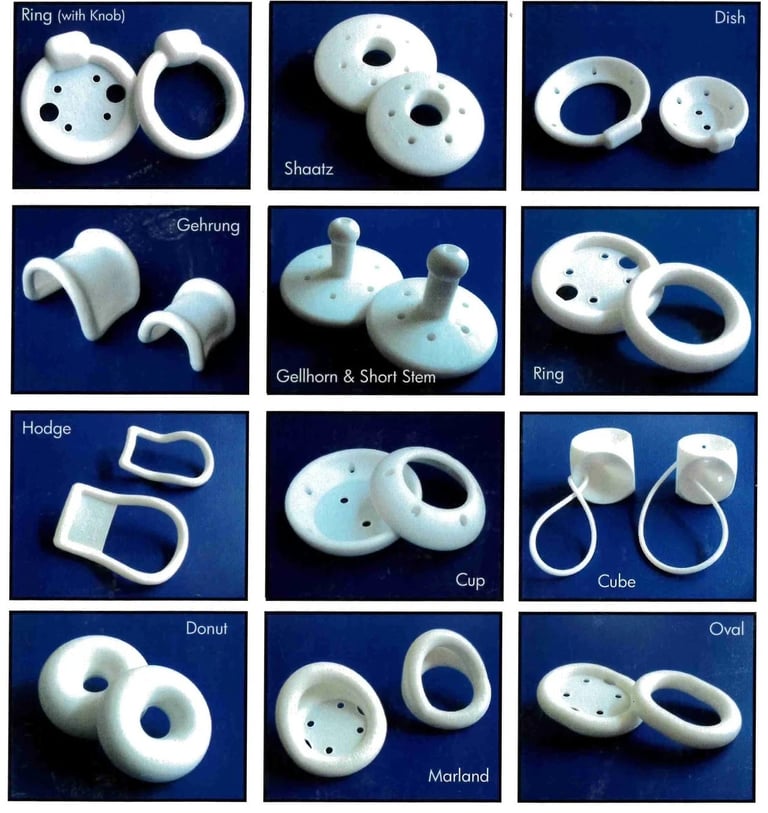Prolapse & Pessaries
Understanding Pelvic Organ Prolapse
Up to 40% of women may experience POP in their lifetime.
Symptoms can include pelvic pressure, bulging, urinary leakage, or difficulty emptying the bladder/bowels.
Risk factors include childbirth, aging, menopause, and genetic predisposition.
Current Treatment Options
Observation: For mild cases with no bothersome symptoms.
Pessaries: Simple silicone devices placed in the vagina to support organs. Widely used, effective short-term, but can be difficult to manage long-term.
Pelvic Floor Therapy: Exercises and training to strengthen muscles.
Surgery: For severe cases or when conservative care fails. Carries risks and sometimes recurrence.
Where Innovation Is Needed
Traditional pessaries are low-cost and accessible but have limitations:
Up to 50% of women stop using them within a year.
Can cause irritation or infection if not monitored closely.
Require frequent clinic visits.
How Smart Pessary Aims to Help
Builds on the trusted concept of pessary support.
Adds real-time health monitoring and reminders.
Designed for comfort, self-management, and peace of mind.
Aligns with modern digital health and telemedicine trends.
Resources


Smart Pessary LLC
Empowering women through advanced medical technology.
Investigational Device – Not FDA Approved
Support
Connect
info@smartpessary.com
© 2025. All rights reserved.
